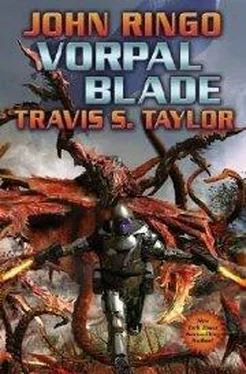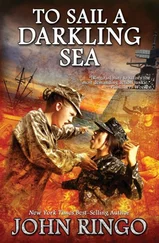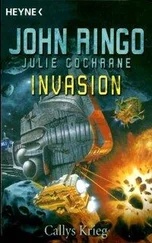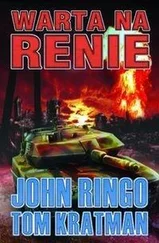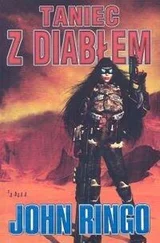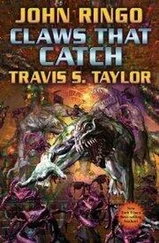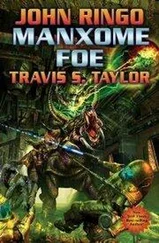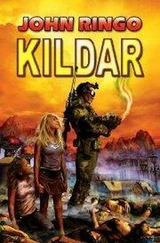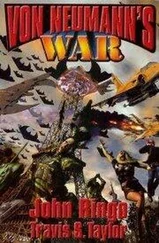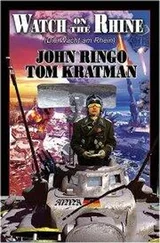Weaver shook his head and walked out. What a day.
“You could have given me more warning,” Mimi said acerbically to, apparently, nothing. “It’s not like we didn’t know it was going to happen. Yes, but you’re not the one that has to convince Aunt Vera. Sure, but you know that she’s going to maulk a brick.”
Mimi Jones was fourteen, short for her age, slight of figure, with long brown hair. She currently lived with her aunt and uncle, her mother having died in the Chen Event, and was in the eighth grade gifted program at Dr. Phillips Middle School in Orlando, Florida. She was actually in two separate programs. Fortunately for Mimi, Dr. Phillips Middle School, which catered primarily to families that were upper middle-class in income, had a very open-minded approach to their gifted program. For most of the children in the gifted program there was a set schedule of classes with some electives and independent study. In Mimi’s case, she was entirely in independent study. In fact, Mimi would have been, in earlier times, ready to graduate. From college.
You see, Mimi had a friend. And the friend was very smart. Smart enough and capable enough to take the child on adventures of the mind far beyond those of the classroom.
When Mimi was six she had lived on Mendel Terrace, Orlando, in a small two-bedroom apartment with her mother, Loretta Jones. Mendel Terrace was less than a half a mile from the center of the Event that destroyed the University of Central Florida and, on that particular morning, Mimi had been watching cartoons when everything suddenly went black.
Mimi’s recollection of the subsequent period had been investigated several times. All that she could remember was being in a black space, then there was “someone,” or more likely something, who was there, for some value of “there.” The person, thing, entity or whatever, comforted her. And then she was back on Earth, in the darkness, lying in rubble with a new friend. The “friend” was a large brown spider thing that looked very much like a stuffed toy. It said its name was Tuffy, for values of “said.” The best Mimi had ever been able to explain is that knowledge appeared in her head as if she had always had it.
Mimi had then gotten up and gone to the light. The light, Klieg lights in fact, had been set up at the base studying the brand new Chen Anomaly. Mimi’s brief period in some otherwhere had taken most of that day and it was nearly midnight when she stumbled into a group that was taking a break from studying the enigmatic black globe that was Ray Chen’s final legacy. Among those present was William Weaver, Ph.D., who at the time had no idea of the wonders he was about to experience. Already worried about potential biological contamination a deputy sheriff, against Weaver’s advice, had attempted to relieve Mimi of her new friend. Tuffy had extended two of his ten legs, extended or extruded some claws and zapped the deputy with what was later suspected to be about four thousand volts of electricity.
After that, nobody tried to take Tuffy away from Mimi. Even her school had allowed the alien “friend” — the word “pet” was never used — to attend with her.
During his investigation of the Anomaly, Weaver had experienced some very strange events. One of them was either a vivid hallucination or a period of time outside the universe, a place that had no definition of “real” for anyone, even the most out-there physicist. In that time of untime he had either met other “Tuffys” or had hallucinated them. However, some of the revelations that had come from the sojourn indicated to him that Tuffys were real, for values of “real,” and that the being that rode on Mimi’s shoulder was from that unplace. In fact, there was an argument he occasionally had with himself as to whether Tuffy was, in fact, God, or at least some reasonable approximation.
Whatever Tuffy might be, he was definitely smart. And he had helped Mimi to become smart as well. There were very few researchers that Mimi, and Tuffy, trusted enough to let close. But a few had managed to ask enough questions of Mimi to get a feel for what was going on between the two. Initially, from the point of view of study, Tuffy had simply acted as a helpmate, expertly creating scenarios for Mimi that had assisted her in her own understanding of the work placed in front of her by teachers. However, as time passed, Tuffy had begun using that basis to take Mimi farther and faster than the teachers believed possible. By the time Mimi had left the third grade she was already exploring algebra, trigonometry and the beginnings of astrophysics with Tuffy. As she passed through subsequent grades she accelerated faster so that by the time she was in the seventh she was at a college level in all of the hard sciences with a massive knowledge, as well, of history, psychology, anthropology and even theology.
Mimi’s aunt and uncle were very devout Christians and, in general, believers that the only book that people needed to read was the Bible. However, they had indulged Mimi’s passion for eclectic reading, especially since a good bit of it was theological. Their minister, who had a Ph.D. in theology, had pointed out that knowing the details of other religions was not a sin and, in fact, vital for a truer understanding of Christianity. They had, however, drawn the line at certain texts on human physiology and aberrant psychology. So Mimi had just looked the data up on the Internet, easily bypassing the “child protection” programs with Tuffy’s help.
Lately, Mimi had become more helpful with some researchers. The reason was simple: money. The Wilsons lived in one of the less affluent areas around Dr. Phillips, and Mr. Wilson was a carpenter whose income was enough to keep Mimi in relative comfort. But Mimi and Tuffy realized that in the near future they were going to need more money than that, if for no other reason than to keep up with Mimi’s researches.
Mimi had, therefore, begun to contact some very senior researchers and offer to assist them in knotty questions they were stuck on. Whether it was Mimi or Tuffy answering questions like the seven Millennium Prize Problems was never quite clear. But the questions were answered.
The Clay Mathematics Institute of Cambridge, Massachusetts, or the CMI as it is known in mathematics circles, identified seven problems in mathematics that had eluded scientists and mathematicians for enduring periods of time. The CMI offered a one million dollar award for each solution. Mimi, more or less out of the blue, had submitted solutions to four of the seven unsolved problems. Although the solutions had been available for review for more than the two-year required “review period,” the mathematics community did not consider Mimi as “a member of the community” so she was slow-rolled on the payment.
Specifically, and relevant to the Higgs bosons, the Chen Anomaly, and the gates, was her solution to the quantum Yang-Mills theory. Before the Chen Anomaly and the Dreen had come, the laws of quantum physics had been to the world of elementary particles what Newton’s laws of classical mechanics had been to the macroscopic world for centuries: quantum physics had become the base theory from which to start in forming any new concept as Newton’s laws had been a century before. Where Newton’s laws described how things in the macroscopic world moved and reacted in general around mundane gravitational fields any odd things such as black holes required Einstein’s General Relativity. Similarly, quantum mechanics described particle physics fairly well, until the Chen Anomaly.
In the mid 1950s Yang and Mills developed a method to describe the interactions of elementary particles using an approach that implements various structures also found in geometry, and they showed how to use the theory to predict particular elementary particle actions. Yang-Mills was more a description of particle actions than an explanation of them. The theory had been verified experimentally but there was no underlying model that supported the theory.
Читать дальше
